Submerged Aircraft Wrecks: A Plea for Appropriate Site Management
Famed Swiss-French architect Le Corbusier once wrote “war was the hellish laboratoryin which aviation became adult and was shaped to flawless perfection.”…

Famed Swiss-French architect Le Corbusier once wrote “war was the hellish laboratoryin which aviation became adult and was shaped to flawless perfection.”…

As the Southeastern Archaeological Conference (SEAC) begins, I examined Southeastern-focused articles in Advances in Archaeological Practice to identify emerging trends. Southeastern methodology may best be known for the 1950s Ford-Spaulding debate; however, this review shows that Southeastern methodology is still breaking new ground in archaeology.…
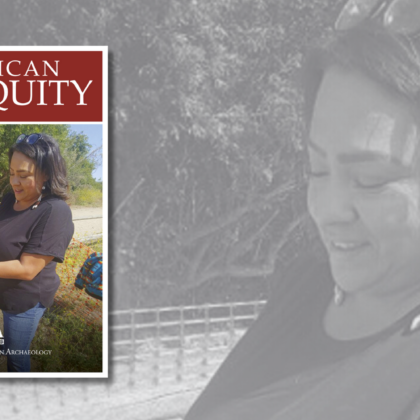
After much work by the American Antiquity (AAQ) Editorial Advisory Board, a revised description and vision of American Antiquity has been drafted for the website home page.…

Following my participation in an extensive illustration project in 2001 of precontact decorated ceramics from the Hohokam site of Snaketown that were curated at the Arizona State Museum, I wrote an article published by AAP in 2014 called Representation and Structure Conflict in the Digital Age: Reassessing Archaeological Illustration and the Use of Cubist Techniques in Depicting Images of the Past. …

As holders and curators of artifacts and their associated documentation and data, archaeological repositories are a place to learn about past and current excavation strategies, and an excellent training ground for future archaeologists.…

Advances has been one of my favorite journals since the first issue appeared in my email inbox a little over 10 years ago.…

“Archaeogaming” occupies the intersection between archaeology and video games and treats these examples of contemporary material culture as artifacts, sites, and landscapes (Reinhard 2018).…

Archaeological literature offers many answers that vary in their accuracy and utility. Alice Beck Kehoe writes, “How do you become an archaeologist?…

The joy was infectious. “Happy Juneteenth” we shouted to the trucks and people parading by Fred Moore Park in Denton Texas.…

Post Excerpt Archaeological data that are Findable, Accessible, Interoperable, and Reusable (i.e. FAIR) enable all sorts of things that we can’t do with “hidden” or “siloed” data. As such, FAIR practices have clear impacts on archaeological data use and reuse.

With 2023 on the horizon, and the landscape of academic publishing in flux, Cambridge University Press spoke to the Editors of the SAA’s journals to find out what topics and questions are currently front of mind – for archaeologists, researchers and publishers alike.…
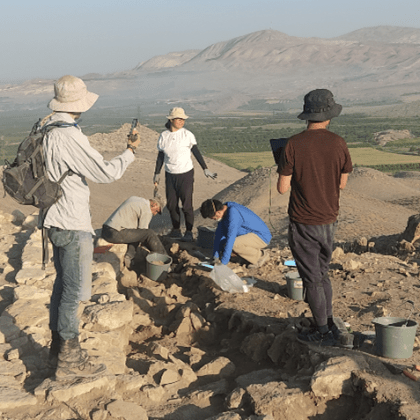
Part of a series of blog posts celebrating the 10th anniversary of the journal Advances in Archaeological Practice. It may come as somewhat of a surprise that the Digital Reviews Editor for Advances in Archaeological Practice is calling for an end to the concept of ‘Digital Archaeology’.…

It is safe to say that archaeology generally isn’t the most well funded discipline. Many of you reading this probably know this all too well.…

The acknowledgments section of the Monico Bayesian paper expresses gratitude to “Deb Nichols, John Watanabe, Sophie Nichols-Watanabe, Robert (Bob) L. Kelly, and the Dartmouth Coach for inspiring and facilitating the development of some concepts in this paper.”

In the spring semester of 2020, I developed and taught a class on archaeological data reuse and digital literacy at the University of Wisconsin – Milwaukee.…

In “Getting Your Feet Wet,” (out now open access in Advances in Archaeological Practice) the authors outline barriers to inclusivity writ large in underwater archaeology and provide solutions for increasing diversity in the field.…

Archaeology in K-12 and undergraduate classrooms can be used to promote cultural awareness and sensitivity, provide a means of critical thinking, promote cultural awareness and sensitivity, create an awareness of archaeological research, as well as promoting the stewardship of the past.…

In 2016, we were privileged to edit a special section in Advances in Archaeological Practices on lidar in Mesoamerica and are delighted that the editors of AAP have invited us to provide an update to that special section in this blog. At that time, lidar acquisition was still uncommon, with only a handful of projects being fortunate enough to acquire the data that was revolutionizing settlement studies in tropical areas like Mesoamerica.
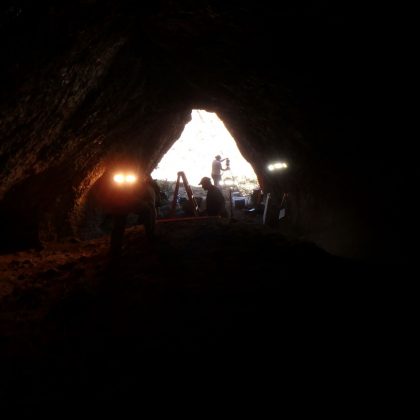
Research at Spirit Eye Cave did not take the course I envisioned. In the 1950s and 1960s, this cave, located on a private ranch in West Texas, was a pay-to-dig site. It was extensively dug, all too common with the vast tracts of private land that typify Texas. Initially, the goal of my research was to salvage any information about when the cave was occupied, and to examine the perishable collections.

Happy birthday! Advances in Archaeological Practice: A Journal of the Society for American Archaeology turns ten this year. You might not think that the birth of a journal is that big of a deal and certainly doesn’t warrant recognition a decade later.…
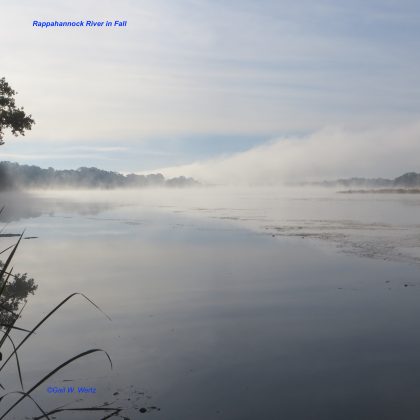
Until 5 years ago, if asked my profession, I’d have said I’m a scientist engaged in basic biomedical research to combat viral diseases.…

Authors Benjamin Carter, Jeff Blackadar and Weston Conner joined each other in conversation for this new blog post for Advances in Archaeological Practice.…

Archaeology has long contributed new perspectives to past events, transcending written records through the interpretation of material culture. Applied to the present, archaeology has the potential to disrupt and nuance the memorialization of contemporary occurrences as they are inscribed.…

Janvier, Alberta | 2019 It was a cold October morning in northeastern Alberta. I had been invited by the Chipewyan Prairie First Nation (CPFN) to conduct a small ground-penetrating radar (GPR) survey of a historic burial ground on one of their reserves.…

In mid-March 2020, I stood in my lab and slowly scanned the shelves. The tables were covered in ongoing projects. We had just been told that the University of Florida campus was closing to non-essential personnel and to plan on working from home for at least two weeks (which turned into months).…
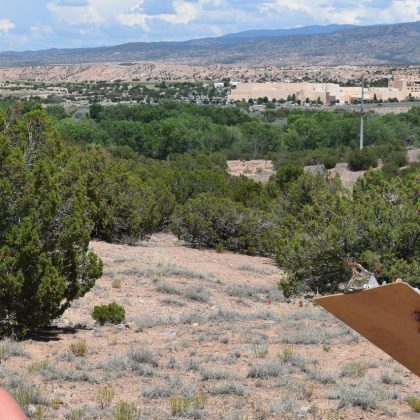
Those of you who were born in the late 80s/early 90s may remember the movie “The Princess Diaries.” Remember the scene where Mia has a rough day, wants to cry, gets in her Mustang, the top won’t go up, and then it starts pouring while she sits drenched and dejected in her open convertible? Let me tell you the archaeology version.

One of the many things I love about the field of archaeology is how collaborations come together. A few years ago, a listserv delivered a survey to my inbox on the theme of field crew safety.…

This is a transcribed conversation between two of the four authors of a new article in Advances in Archaeological Practice on why and how to revise introductory archaeology courses to better shape the discipline.…

New digital technologies have been a boon to archaeological field recording as attested by the growing literature on the use of mobile devices, GIS, satellite imagery, and other digital tools.…

As 2020—finally—comes to a close, the new year stretches out in front of us, full of possibilities. The long tradition of New Year’s resolutions offers each of us an opportunity to commit ourselves to learning more about curation, collections management, and the lifecycle of the collections we create through our work.…

Sarah Herr, Co-editor of Cambridge journal Advances in Archaeological Practice, reflects on how being in her role has helped her to form a remarkable connection to the people who are part of her publishing world.…
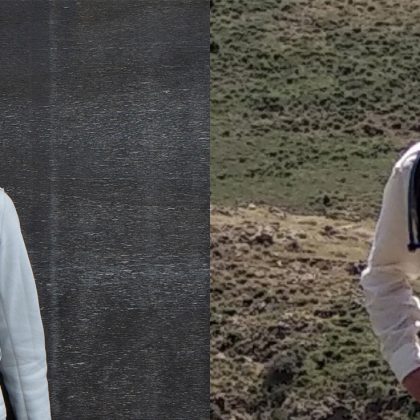
In issue 9(1) of Advances in Archaeological Practice we will transition our Digital Reviews editorship from Dr. Sara Perry (Museum of London Archaeology) to Dr.…
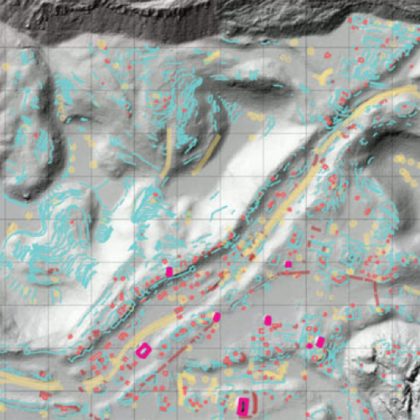
COVID-19 related travel restrictions and social distancing protocols have precluded many archaeological field projects in the past six months. And while conferences and meetings can be taken to the virtual realm, the challenges facing those of us whose work is founded on field-based research are becoming readily apparent.…
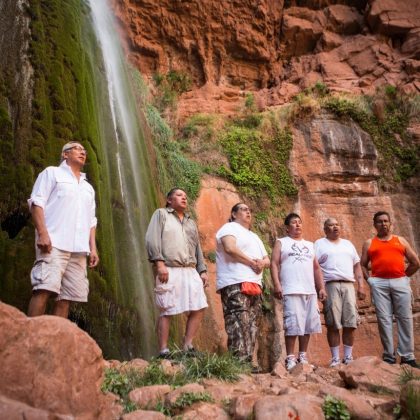
“Since the establishment of Grand Canyon National Park in 1919, some stories have been silenced and absented; the many Native American voices that express the sacredness and cultural importance of this place from time immemorial prior to the arrival of Anglo-Americans.”…

Archaeologists have used maps for quite a long while, and with good reason. People, their communities, and their things are situated in places.…

When Kathryn Clancy and colleagues published the results of their SAFE survey, many of us who conduct field research were not surprised by the numbers.…

“In this blog (my first!), I share the backstory to the Advances in Archaeological Practice article I prepared with my co-author, Meng Ying, in which we examine safeguard policies used by private-sector banks to protect and manage cultural heritage.”…

Behind every “grand challenge” there are 1000 “micro challenges” that need to be solved first. Digital technologies and services have become a normal part of everyday archaeological practice.…

My recent research along the relic shorelines of Lake Cahuilla has been somewhat of a tangent for me. I’ve spent most, if not all, of my professional career investigating archaeological shell middens along Pacific coastlines and offshore islands.…

In our article, we argue that the future of ‘dates as data’ approaches for paleo demographic research requires precise spatial data, which depends on the development of new heritage management policies concerning the accessibility of archaeological data.

A few years ago, I opted to take on the overwhelming task of organizing and digitizing the records associated with the legacy collections at the Natural History Museum of Utah.…
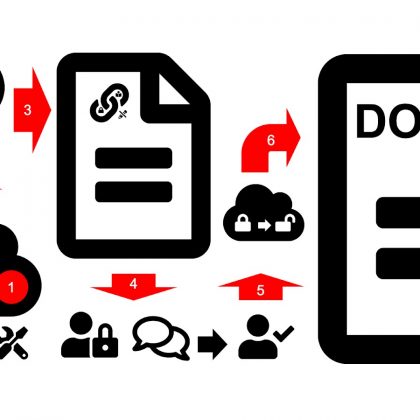
It’s no surprise to any internet user that the way we communicate is rapidly changing. For example, in the distant past, we learned the news of the world by reading a few paragraphs of tiny text in hard copies of newspapers.…

Fifteen years ago it seemed my dreams were coming true. Jane Buikstra had just agreed to take me on as her PhD student and I was invited to begin an inventory of the skeletal remains at Copan, Honduras.…

Imagine a group of people playing a sport together on a hot day. Although it’s a friendly match, they play vigorously and at the end of their game they’re hot and thirsty.…

For 2012, 19 journals formerly published by Australian Academic Press (AAP) are moving to join the Cambridge Journals list of over 300 academic and professional titles.…